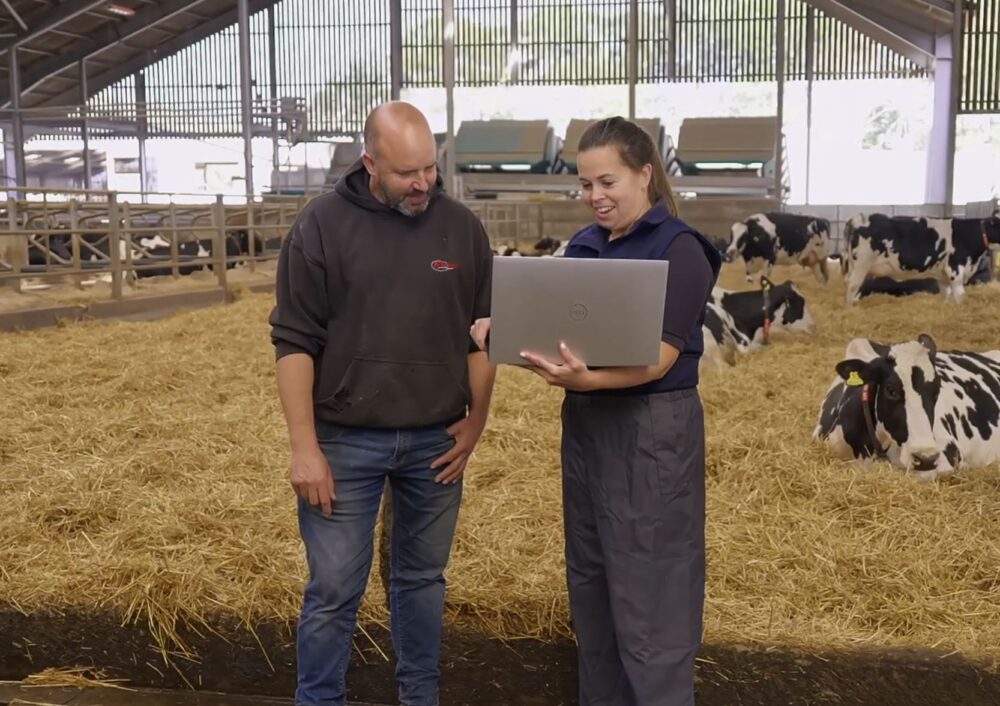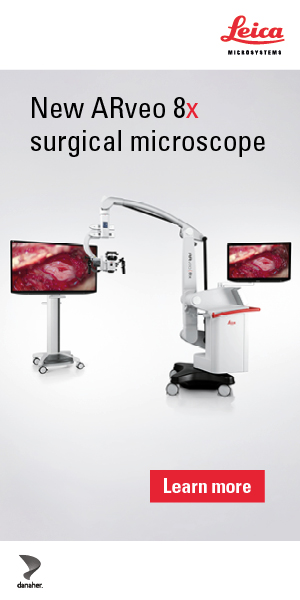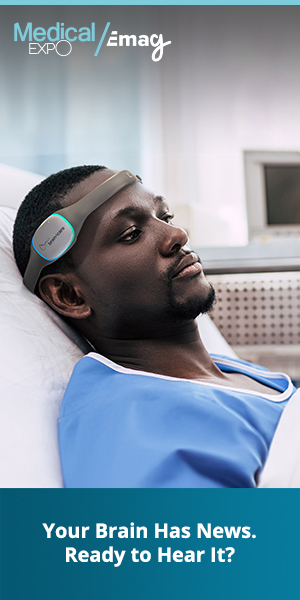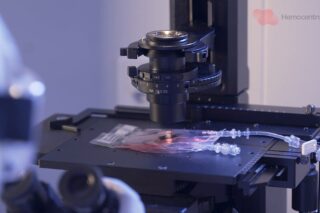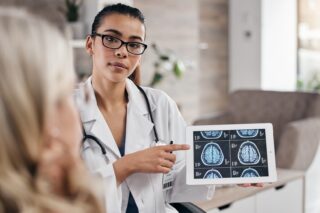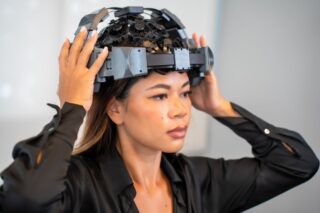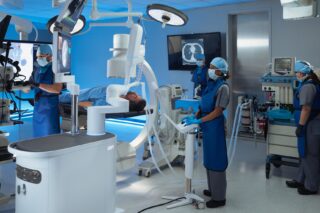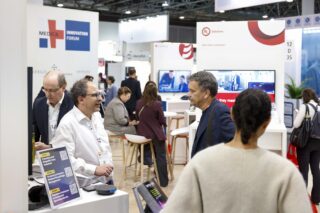In the evolving landscape of animal health, Vet Vision AI is reshaping how animal welfare is monitored and enhanced, offering continuous, real-time insights into behaviors and health.
Originating as a spin-out from the University of Nottingham, Vet Vision AI is pioneering the integration of artificial intelligence into veterinary science. Co-founded by Dr. Robert Hyde, an RCVS and European specialist veterinarian, and Dr. Charles Carslake, Vet Vision AI leverages computer vision algorithms to provide 24/7 monitoring of animals.
One compelling example comes from veterinary surgeon Tom Angel at Synergy Farm Health, who is using Vet Vision AI to transform herd management through continuous behavioral monitoring. In one case, he tackled underperformance in a 500-cow Holstein herd, identifying cubicle comfort issues in first-lactation heifers through low-lying times captured on video. Changes like cubicle training and improved bedding led to measurable gains in cow comfort and milk yield.
In another herd, 24/7 video analysis uncovered a decline in feed intake after afternoon milkings. By adjusting the feeding schedule, the farm saw improved dry matter intake, feed efficiency, and reduced waste. These case studies underscore how Vet Vision AI empowers evidence-based, real-time decision-making to enhance animal welfare and productivity.
We discuss the details of Vet Vision AI with Dr. Robert Hyde.
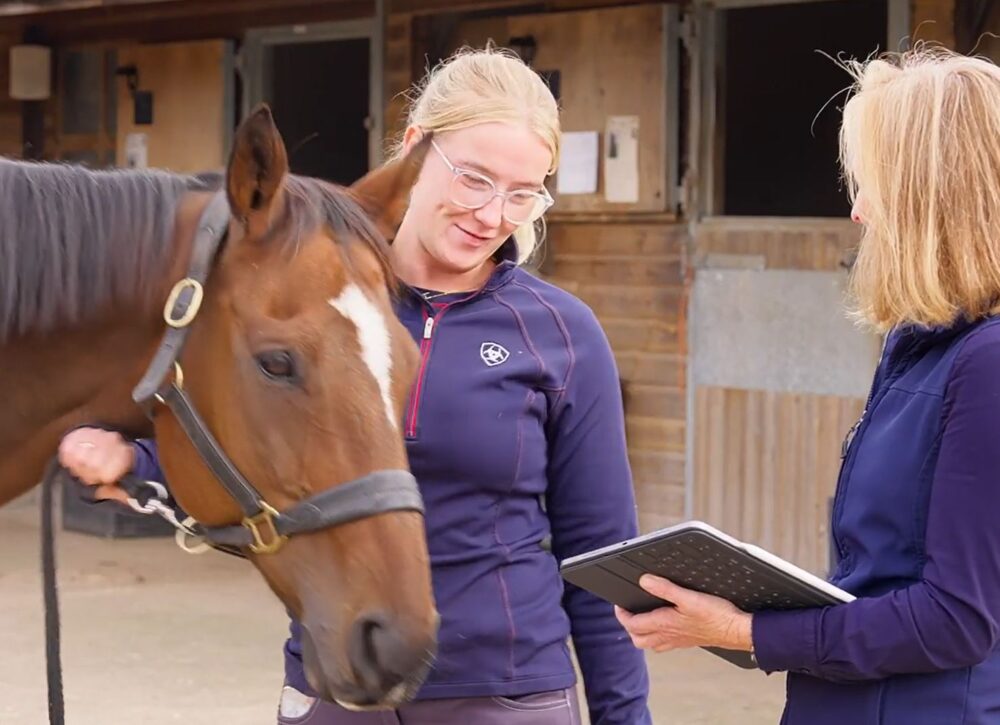
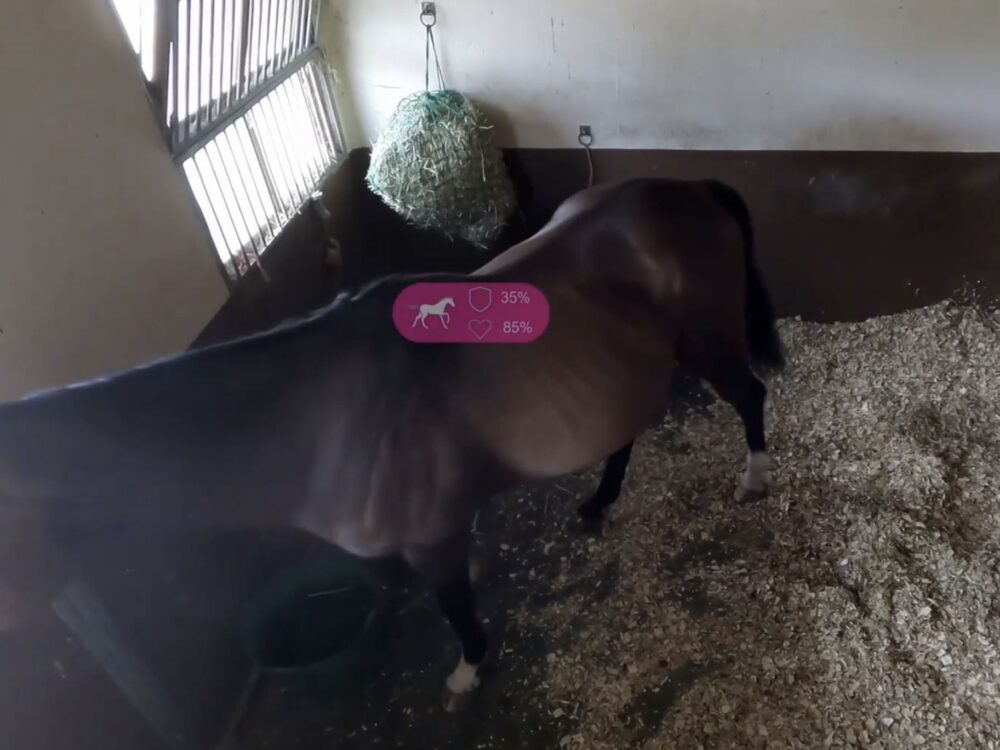
Why and How Vet Vision AI
MedicalExpo e-Magazine: What inspired the idea behind Vet Vision AI?
Dr. Robert Hyde: As veterinary surgeons, we’re often limited by only being able to examine animals over a short period of time to assess their health and welfare. This can be extremely challenging, as animals often behave differently under observation, and it can be hard to see the whole picture. Working at the University of Nottingham School of Veterinary Medicine and Science, we realised that we could train AI computer vision algorithms in the same way we train our veterinary students, to monitor what animals were doing, and where they were doing it, 24 hours a day, in order to provide vets and animal owners with continuous insights into animal health and welfare that could completely change how we look after animals.
MedicalExpo e-Magazine: What sets the technology apart from other AI tools entering the veterinary space?
Dr. Robert Hyde: It takes a huge investment of time and experience to train to be a veterinary surgeon. We have taken this approach in training our AI computer vision algorithms to allow insights into animal health and welfare on a continuous basis that has simply not been possible before. The crucial step from here, however, is how this information enables human vets and animal owners to make improvements to the housing and management of animals to improve their health and welfare.
Will AI Replace Human Experience? What are Vet Community Reactions?
MedicalExpo e-Magazine: How do you address concerns about AI replacing human veterinary expertise?
Dr. Robert Hyde: In the same way we use AI to filter spam emails or to provide navigation to a destination, AI can enable vets and animal owners to enhance their care for animals in ways we’ve not seen before. Instead of monitoring animal behaviours for often only a few minutes per day, we can instead monitor them 24 hours per day, and as well as identify early markers of disease, provide insights into how we might improve that animal’s life. There is huge potential in the role of AI to improve the lives of animals, and there is a critical role of human animal owners and veterinarians in translating these AI data and outputs into real-world improvements. As AI technologies advance and provide new insights, the role of the human veterinarian is likely to become more important, not less.
MedicalExpo e-Magazine: How has the veterinary community responded to your product so far?
Dr. Robert Hyde: The veterinarians we’ve been working with have been fantastic and have been proactively going out to farms and stables to find new and exciting insights that they were previously unaware of. In particular, the ability to “see” what’s been going on with animals under their care overnight has been providing extremely interesting insights.

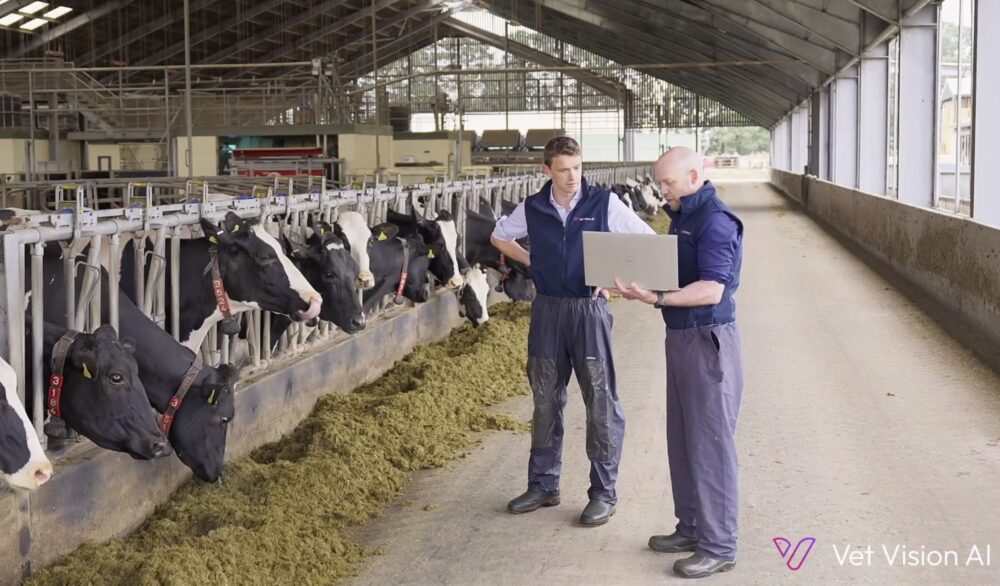
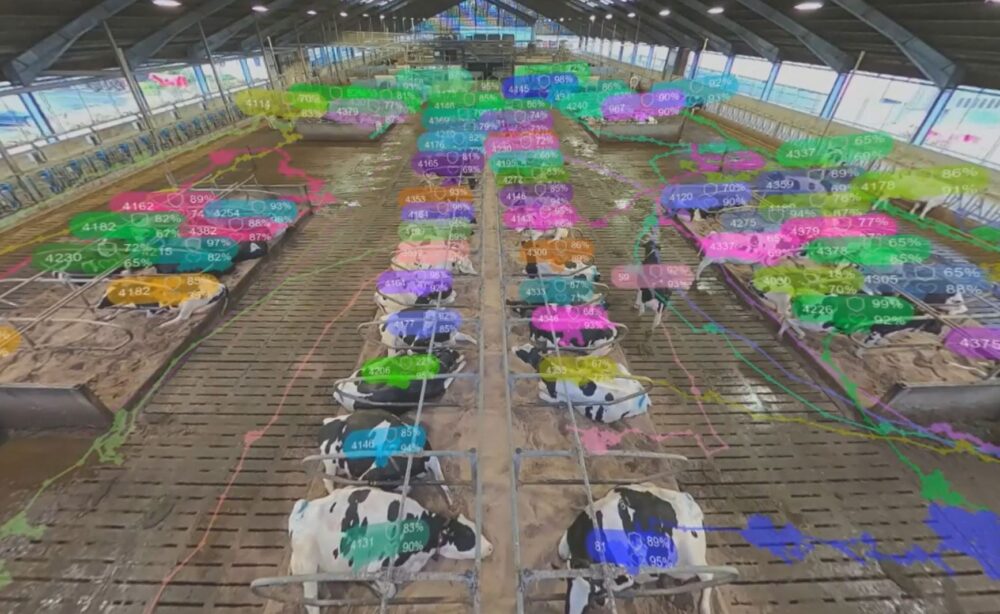
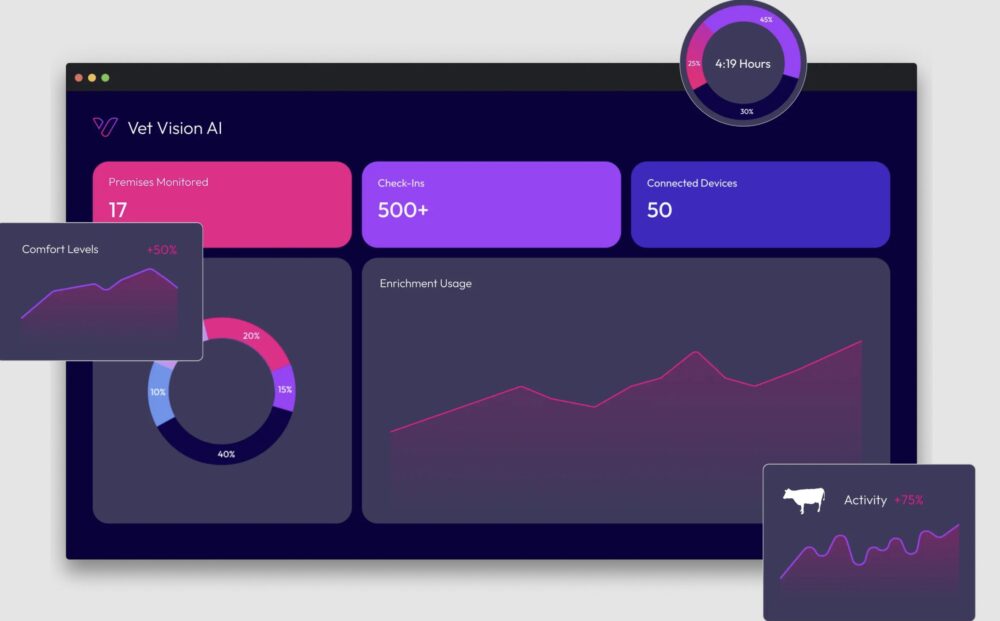
Partnerships to Enhance Animal Welfare and Healthcare Transformation through AI
MedicalExpo e-Magazine: Can you talk us through some of the partnerships you have?
Dr. Robert Hyde: We’ve partnered with supermarkets’ supply chains to maintain their high standards of animal welfare and offer farmers unique insights into cow welfare. We’ve been extremely fortunate in partnering with Sainsbury’s, who saw this potential as the first retailer to deploy this technology within their supply chain. We are now also working with other supermarket groups such as the Waitrose dairy farmers group. Improving factors such as cow comfort also has benefits in efficiency, as improving cow comfort can also increase lying times, which can improve health outcomes and result in increased milk production for the same amount of feed.
MedicalExpo e-Magazine: How do you see AI transforming animal healthcare over the next 5–10 years?
Dr. Robert Hyde: There is great potential in AI to transform both human and animal healthcare in the next decade, and it is likely to be able to perform many data analysis tasks more accurately and regularly than humans could manage, which will free up valuable veterinary time for more critical tasks. The critical point here, however, is in the interpretation and interventions required from these AI insights, which will mean the role of the veterinarian will become even more critical than it is today.
MedicalExpo e-Magazine: Are there plans to expand your technology to other areas of animal health?
Dr. Robert Hyde: The exciting part of our algorithms is that they can be deployed across multiple species. Our aim is to use computer vision AI to improve the lives of millions of animals worldwide, across species. Much like a human veterinarian, our algorithms are constantly evolving and improving based on new cases and experience from the real world. We have several new exciting partnerships across several species that we’re excited to announce soon.
